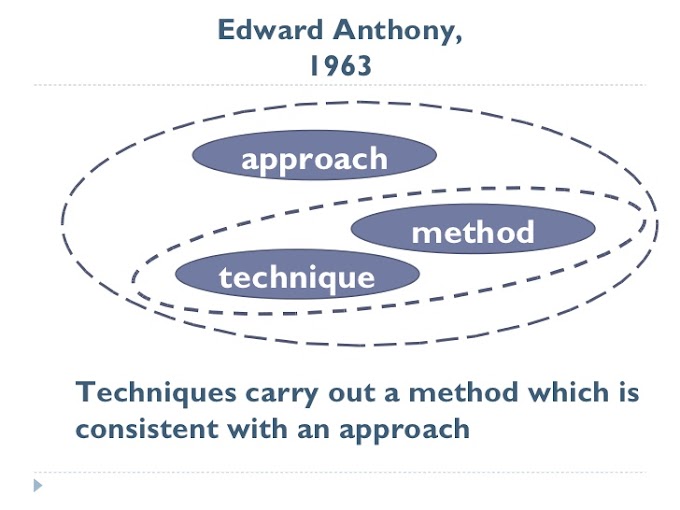Geoffrey Chaucer is regarded as the father of modern English poetry. Matthew Arnold in his “The Study of Poetry" has confirmed it. Chaucer is after regarded as the father of English language and literature too. Actually he is the first true poet in the history of English literature. He is a cheerful spectator of men and women. His chief distinction consists in using poetry as the study of men and manners. In “The Canterbury Tales” he assumes the part of a mere interpreter and a historian. It seems that he has related the stories without altering a word or tone what he has heard.
His use wit and humour is very beautifully manifested in his "Nuns Priests Tales" and in "The Canterbury Tales". The remarkable style is also found in his “Troilus and Criseyde".
Now we shall try to show how Chaucer has used wit, humour and the style in these poems. According to Thomas Carlyle, "True humour springs not more from the head than from the heart; it is not contempt, its essence is love; it issues not in laughter but in smiles from incongruity ridiculous and ludicrous contrast, inversion of the right relation of things, indecent jokes, vulgar incidents and farcical situations, physical appearance and Character. On the other hand, wit is a verbal humour. Puns, conceits, word-jugglery, repartee etc. are all examples of wit. In short, humour arising from the clever use of words is called wit and it is appreciated by the intelligent.
Chaucer's use of humour has many varieties. It is the outcome of the realistic observation of men and manners. It expresses itself in
exuberant fun and light-hearted gaity. It ranges from the refined and half-melancholy irony of the "House of Fame” to the ready wit of sagacious uncle of Criseyde. It also ranges from the burlesque fun of the inimitable "Nuns Priests Tale" and the very gross salt of the Reeve, the Miller etc. Chaucer does not explain wit and humour as moral indignation in disguise. Because he is so extremely diverted himself. Herein lies the harmlessness of his fun. His satire is very gentle. Sometimes his humour is kind and patronizing as in the ease of the Clerk of Oxford. His satire against women is always pointed and sometimes devastating. The Wife of Bath confesses that women are best won by flattery and busy attentions. She aspires a sixth husband when her fifth husband dies. The affections of the Priores are subtly revealed in the "Prologue to the Canterbury Tales". She is a woman of exaggerated sensibility. She would weep if she sees a mouse caught in a trap. Chaucer's humour is not satiric. It is gentle and sympathetic.
Chaucer's catholicity of outlook accounts for his tolerant varieties of the world, he is grateful to its defects for their difference from its virtues. In “The Canterbury Tales”, the essential humanity is emphasized. Humour appears abundantly in "The Prologue”. It is soft and patronizing. It is sometimes loud and farcical. Chaucer’ use of humour often takes the form of good-natured irony.
“The Nun's Priests Tale" is a humorous poem seriously enough. Here we find three main characters. They are Chanticleer, Madame Pertelote and the Fox. They exchange witty dialogues in a very tactful way. At the beginning of the poem, Chanticleer and Pertelote are engaged in a debate of dream. At last Pertelote wins over Chanticleer in the argument. Then Chanticle highly praised by the Fox. The Fox catches the Cock (Chanticleer) by the long neck. The situation is very gravely narrated by the poet. Chaucer describes the situation as serious as the event of Troy. He
says that Pertelote (the Hen) along with her Children cries for the help as the women of the city of Troy. This description is funny and comic.
“The Nun's Priests Tale" has been called the first mock-heroic poem in English. Because the poet has used the style and treatment of an epic. We find heroic similes, epic similes and the humorous presentation of the battle. It lends weight to the view that it is a mock-heroic poem. The comic use of lofty similes, grandeur form, use of metaphorical language also heighten the mock-heroic effect of the story. Chaucer's narrative art in this poem and in “The Prologue” has made him a great story-teller.
The varied style of Chaucer's poetry is best manifested in the stories of “The Canterbury Tales”. The preoccupation of style only begins with the Renaissance. His language is that of prose. Metaphors and epithets are sparingly used. Chaucer's narrative power combines prolixity with the briskness of movement. “Troilus and Criseyde” is an instance of his prolixity. On the other hand, "The Nun's Priests Tale" shows the briskness and directness with which his story can move. Though Chaucer is not a lyric poet, there is a music in all lines of his poetry. He writes a music in all lines
poetry. He writes in a limpid flow of language. His style is scarcely ornate and fastidious. It is marked by simplicity and lucidity
Considering the delineation above, we can say that Chaucer is one of the greatest humorists in English literature. His humour is varied. It is closely related to his tolerant view of human shortcomings. It is comical and lends a most distinctive quality to his character sketches. The terms satire, irony, wit and humour are
frequently employed by the critics while writing of Chaucer's poetry. The use of wit and humour is beautifully presented in the form of a beast fable in "The Nun's Priest's Tale". In his language and style Chaucer makes a reaction from romance. He rejects romantic tradition. He finds better scope for realism and artistic delineation of characters. His style is enlivened by humour and dramatic interest.
He offers a picture gallery in “The Prologue" as an immortal painter.





0 Comments